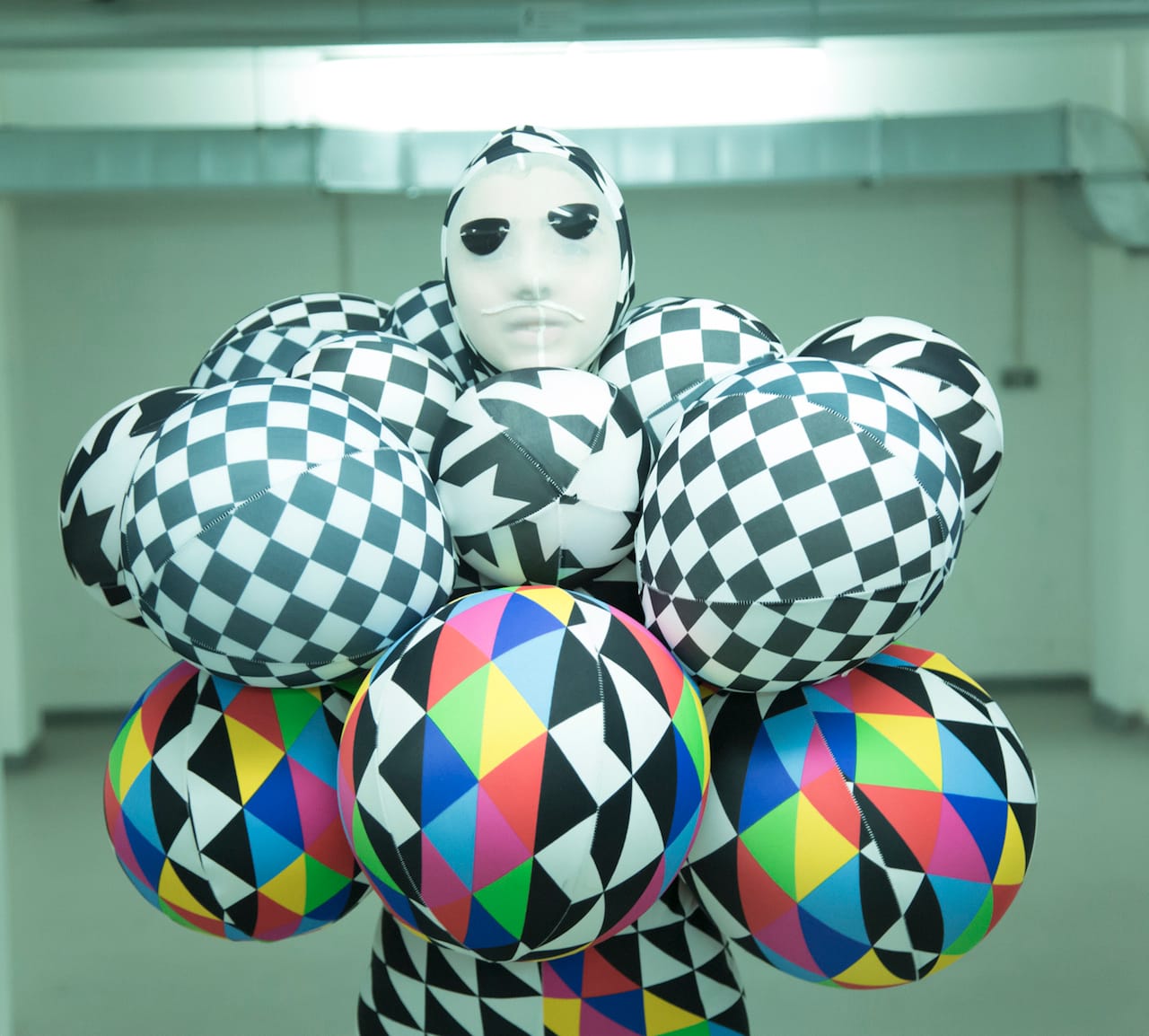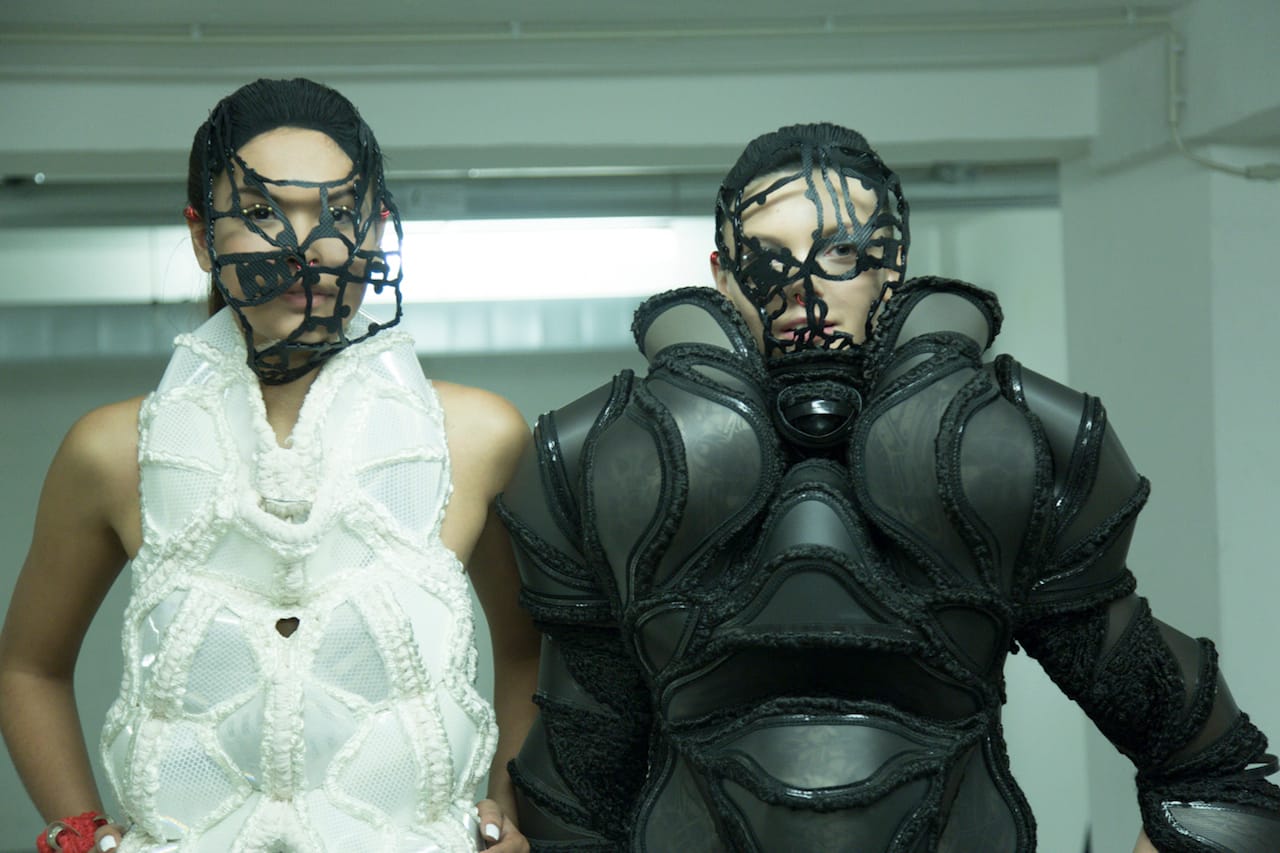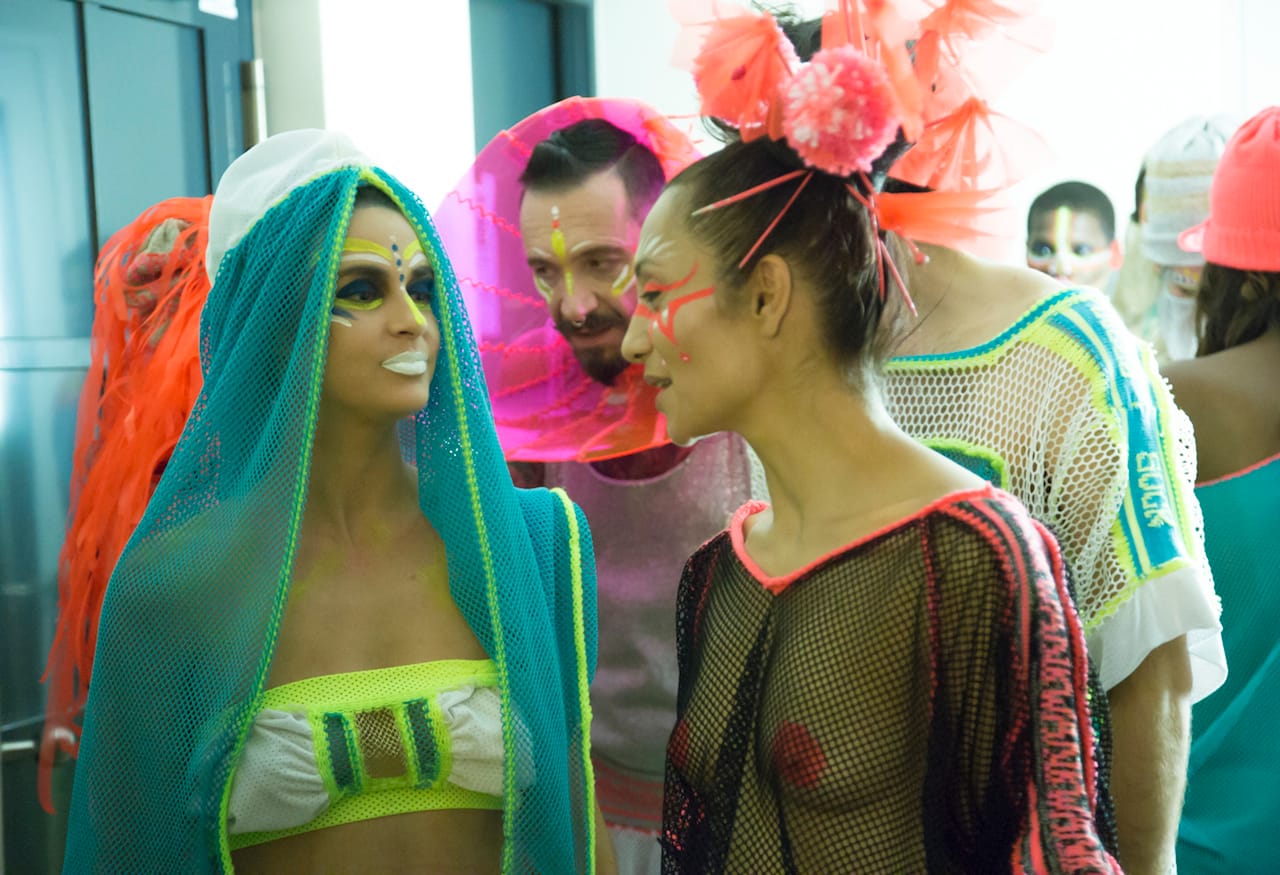Berlin's Fashion Futurisms
BERLIN — The embers of Berlin Alternative Fashion Week (BAFW) will continue to burn beyond its conclusion this past weekend. Ignited by a riotous spirit and explosive energy, this week-long series of events represented a restless, demanding, and at times extravagant provocation.

BERLIN — The embers of Berlin Alternative Fashion Week (BAFW) will continue to burn beyond its conclusion this past weekend. Ignited by a riotous spirit and explosive energy, this week-long series of events represented a restless, demanding, and at times extravagant provocation. Under the directorship of founder Adam Rose, BAFW pulled together the intersecting spheres of visual art, sound, and fashion to consider the role of the runway as a contemplative and exploratory space for experimenting with visions of our future selves.
This concern for the future energized and united the enormously diverse shows under a larger project of bringing fashion beyond a visual vocabulary of status, gender, and commercial complacency. The key fashion show, “Alchemy,” presented the collections of six designers on Saturday night. With themes ranging from climate change to genderqueer identity, the collections at once challenged the boundaries of contemporary consciousness and manifested as independent and alternative universes.

In her “Hard Core Vein” collection, designer Maartje Dijkstra transforms the material detritus of everyday life into sublime, other-worldly couture. Using found materials such as translucent plastic from traffic signs and wire, she has created a high fashion line with the sculptural qualities of armor. Her use of technology is also distinctive; she opened “Alchemy” with a performance by a model controlling the music from the sound booth through touch-sensors on his bronze-colored jacket. In the next appearance, a woman wore a white dress that was structured by an exoskeleton of clear pipes, through which ink would move according to changes in the harsh, industrial techno music. The responsiveness of Dijkstra’s clothing to the runway’s environment established a self-contained universe for her clothing, in which technology mediated a future of cyborg interconnectedness between people and their surroundings.
Tata Christiane, a fashion label founded in 2007 by designers Tata and Hanrigabriel, presented queer street-wear, comprised of neon and tropically-patterned box-cut dresses, trench coats, and ballooning blouses meant to fit bodies across the gender spectrum. The abundance of frills, high collars, and ballooning silk sleeves at times recalled Shakespearian costume — a whimsical and perhaps fitting reference to the author’s cross-dressing comedies within which fashion served to confound gender identities.

Next came Tzuji, a line designed by DJ and club icon Larry Tee, who authored the fashion anthem “Supermodel (You Better Work)” for RuPaul in 1992. While the clothing was primarily neon or metallic, light-weight sportswear best suited for the clubs within which Tee previously established himself. Yet Tee managed to transform the models-as-club-kids into climate-change activists by staging a mock-protest on the runway (the second such fashion-show strategy in recent days). Models carried signs saying “Save the Humans” which, in combination with the playful patterns of dinosaurs, wildfires, and imaginative Ice Age depictions, asked audiences to consider who might be around to wear Tzuji designs if such youthful club-goers ceased to exist.
Jylle Navarro’s show seized on this theme of celebrating human life. Models adorned in neon knit wear and swinging ropes of yarn danced through audience in an ebullient, rave-like celebration. In her artist statement for BAFW, Navarro attributes the inspiration for creations to the “graphic images of sci-fi films and graphic novels, such as Alien, Mars Attacks, and Planet 9 from Outer Space.” The models’ raw absence of inhibition and not-necessarily-beautiful dancing invigorated her vision of an alien-inhabited future with stratospheric levels of distinctly human energy.

Transported to another world, the audience witnessed Phoebe Heess’s darker vision of the future manifest itself on the runway. In her exhibition of the collection, “Black Current,” models, adorned in all black, served as currents transporting the color down the runway. The designs exposed the variety of black’s possible properties – sometimes reflective, other times an absorbent, blacker-than-black. The incredible variety between the surfaces of the black garments, in combination with the industrial resonances of the music for her show, conveyed a liveliness and productive energy to the darkness.
Andre Bartenev’s show erupted from this darkness in a surreal blaze to bring BAFW to a close. Bartenov, who represented Russia in the 2007 Venice Biennale, is best known for his provocative performance and installation pieces, which generally defy categorization. His inclusion in BAFW served as a foil to the notion of haute couture, as the models in his show danced through the audience wearing inflated costumes that combined balloons so large that models would brush against audience members while attempting to navigate the narrow walkways. Many of the designs, which resembled absurdly metastasized tumors or perhaps even molecular structures, overtook the models themselves and re-inscribed their bodies as uncontrollable and senseless entities. One such form, patterned allover with the Chanel logo, rendered the iconic label ridiculous within this riotous celebration of confused, boundary-less forms for humanity.
The energy of BAFW’s Alchemy show was brought about by the collaboration between Marcus Tiede of Sound Laboratorium and techno DJ and producer Edoardo. Together, these artists designed otherworldly sounds that structured each show as its own, distinct universe. The hypnotic, often trance-like techno created an atmosphere for productive exploration between these worlds that set a promising tone for Berlin’s continued development in contemporary fashion.
Berlin Alternative Fashion Week took place October 1–5 at various venues in Berlin.




